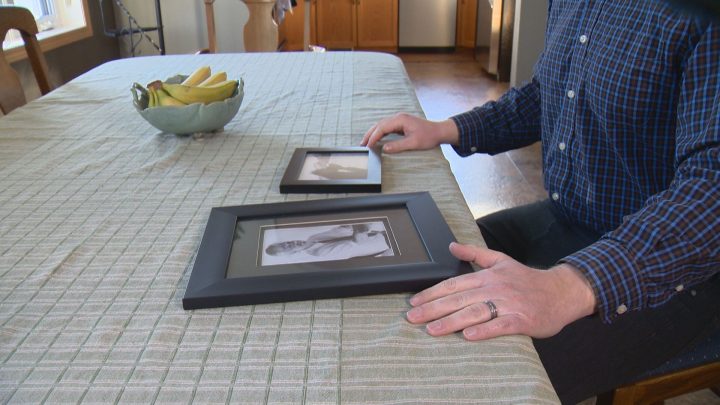Howard Willems spent years trying to raise awareness about the harmful effects of asbestos, but he never lived to see it banned.

He died of an asbestos-related cancer in 2012, but his stepson Jesse Todd carried on his cause.
On Thursday, the federal government announced that asbestos would be banned by 2018. Todd called the move significant.
“It’s a huge victory for everything we’ve fought for,” he said.
Willems successfully lobbied the Saskatchewan government for the first asbestos registry in Canada, but he never saw it activated.
“He passed away shortly after the private member’s bill was introduced into the Saskatchewan legislature,” Todd said.
That’s when Todd took up the fight against asbestos.
Buildings owned by the provincial government, health regions, Crown corporations and facilities used as public schools must now share asbestos information with the Saskatchewan Asbestos Registry.
Asbestos is more common in homes than many people know, especially in attics, according to Scott Mackay, Admiral Home Inspections owner-operator. “As long as it’s not disturbed, it’s not a risk,” he said.
Asbestos is commonly found in floor tiles, insulation and even paint.
- Canadian man dies during Texas Ironman event. His widow wants answers as to why
- ‘Shock and disbelief’ after Manitoba school trustee’s Indigenous comments
- Several baby products have been recalled by Health Canada. Here’s the list
- ‘Sciatica was gone’: hospital performs robot-assisted spinal surgery in Canadian first
It’s important to investigate before starting any renovations, Mackay said, because asbestos removal can tack on extra costs.
“Most people won’t know. I think there are people who have lived in their homes for many, many years and don’t know it’s there,” Mackay said.
More than 50 countries have already banned asbestos.
Todd said he wants to continue his stepfather’s work by taking it one step further. He’s hoping to lobby the provincial government for a patient registry, which would track patients who have been diagnosed with asbestos-related diseases.
“Patient registries would give us a better handle on the number of people who are diagnosed with asbestos-related diseases,” he said. “We need to ensure we have a firm grasp on the number of people that are affected by asbestos exposure.”
The federal government plans to ban the manufacture, use, import and export of asbestos by 2018, and it also wants to change building codes to stop its use in new construction and renovations.
“I think we’re all taking a moment to celebrate the victory, but there’s a lot more work to be done,” Todd said. “We also need to make sure the Canadian public is aware of the dangers of asbestos.”




Comments